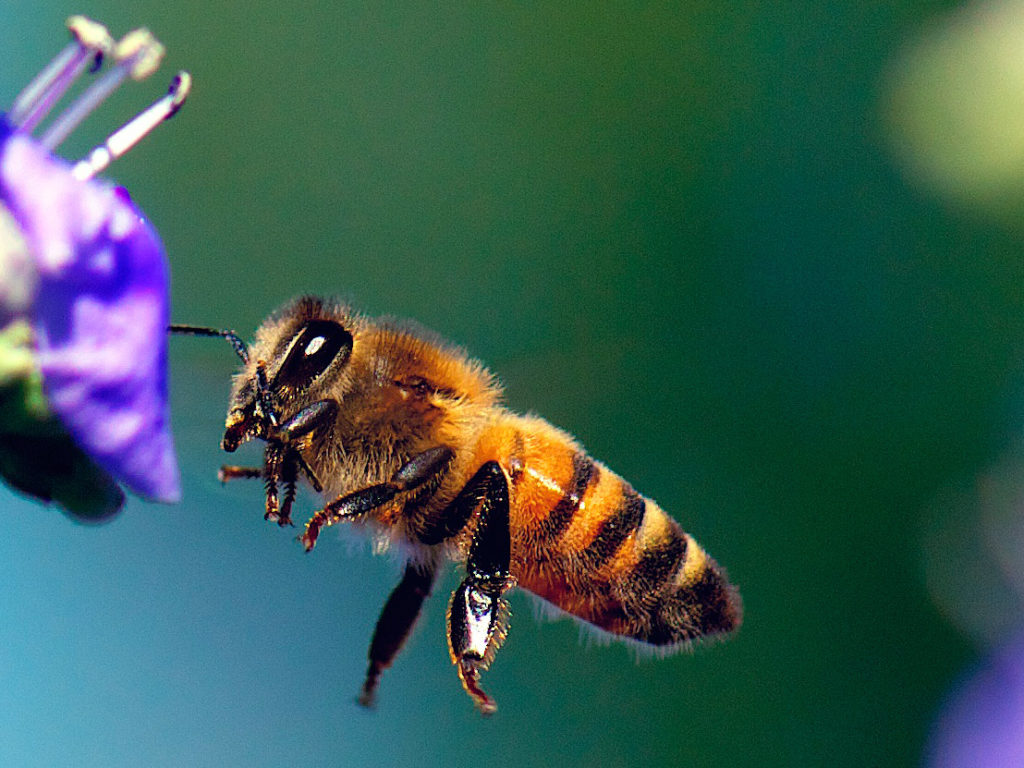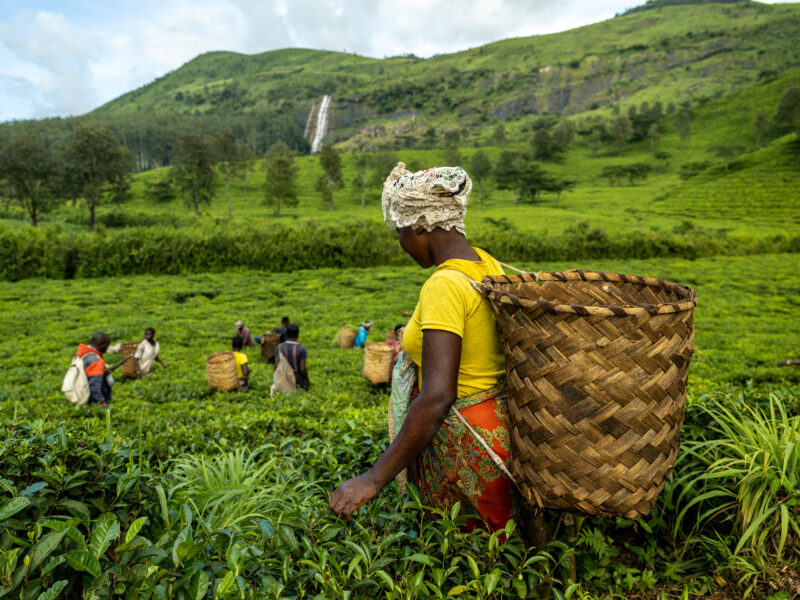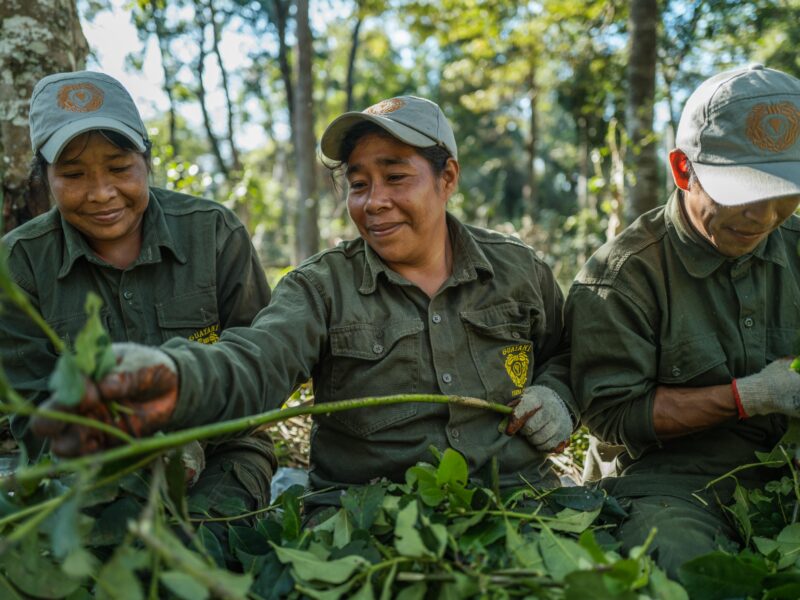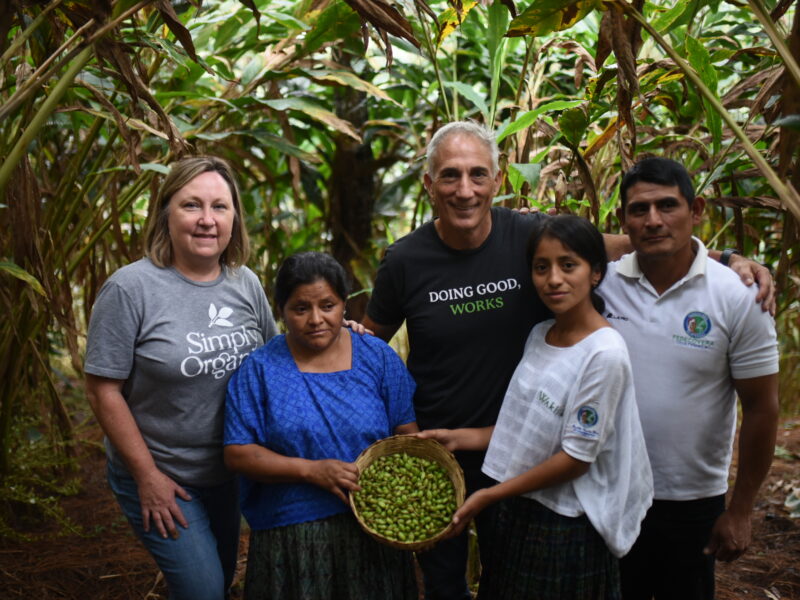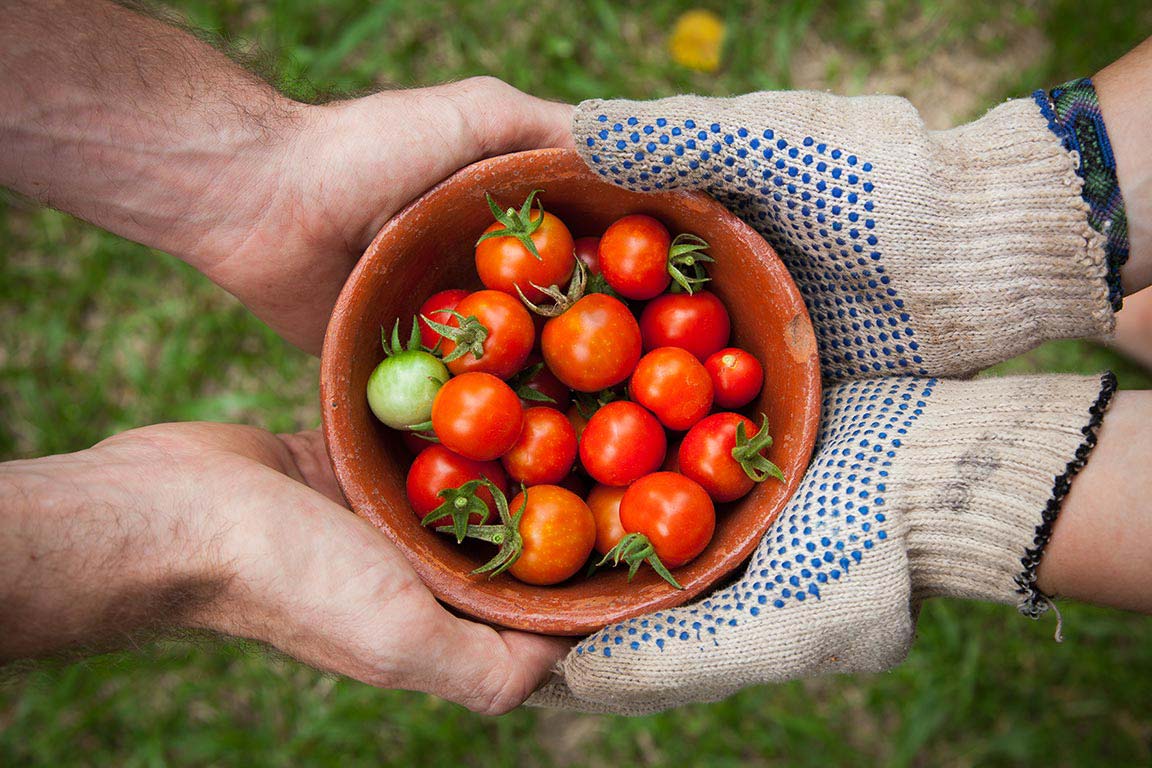Did you know home gardeners are harming pollinators too? Studies have found that pollinators such as honeybees, native bees, butterflies and birds are in decline. Scientists have identified several factors that are contributing to bee decline, most notably pesticide usage. Many pesticides, even those used at home and sold by nurseries, are acutely toxic to bees and pollinators and result in death and contribute to Colony Collapse Disorder, or CCD. According to Beyond Pesticides, “Colony Collapse Disorder is unlike other ailments that have affected honeybees in the past because worker bees simply disappear rapidly, never returning to the hive where the queen still lives with a small cluster of bees amidst pollen and honey stores in the presence of immature bees (brood). It has been reported that losses of honeybee colonies across 21 states in the winter of 2007-8 averaged 35%.”
If you’re looking to have a successful garden and help bees and pollinators in the process we have covered the top seven points to consider below.
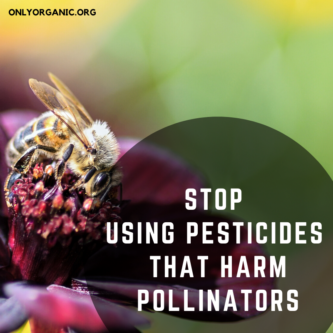
- Stop using pesticides that harm pollinators.
Avoid using pesticides in your own backyard, especially systemic insecticides such as neonicotinoids. The chemicals to avoid are carbamates, organophosphates, synthetic pyrethroids, chlorinated cylcodienes and neonicotinoids are highly toxic to bees. The most widely used insecticides are a class of chemicals called neonicotinoids, or neonics. Research shows that neonics are not only a leading cause of pollinator decline but also can remain in the environment for years contaminating soil and nearby waterways. Learn more about CCD and how to help pollinators from Beyond Pesticides.
2. Get to know the brands and products to avoid and notify your nursery of the damage they are causing to our pollinators.
A good place to start is with this list of bee-toxic pesticides to avoid from our friends at Beyond Pesticides and The Center For Food Safety. To keep your yard and garden thriving and teeming with life for pollinators, you should avoid the products on this list.
3. Plant pollinator-friendly plants that haven’t been treated.
One of the best ways to support pollinator populations is to provide ample foraging. Keeping a garden filled with pollinator-friendly flowers while also refraining from using toxic pesticides will go a long way towards protecting pollinators. These first three tips could change the CCD trajectory.
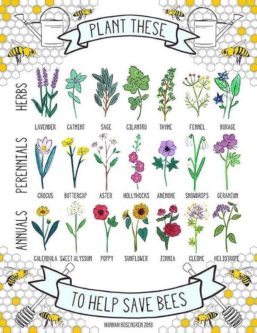 4. Request clean pollinator-friendly products and get answers from your nursery if you’re still unsure.
4. Request clean pollinator-friendly products and get answers from your nursery if you’re still unsure.
Here is a list of the Environmental Protection Agency’s reduced-risk pesticides that pose less risk to human health and the environment than existing pesticides.
Again, it’s important to make sure that pollinator-friendly plants you purchase have not been treated with neonicotinoids. Before you buy, be sure to ask your nursery supplier if the plants were pretreated with neonicotinoids.
5. Why are you using pesticides in your yard or garden?
The first three questions to ask yourself in relationship to pesticide usage in your yard or garden are:
- Why am I using pesticides?
- What is the goal for my yard and garden?
- What beneficial insects are being harmed in the process?
After you ask these questions you may decide that you do not need to be using these harmful pesticides and that there are other ways to help manage your yard and garden.
6. Use DIY pesticides in your yard and garden.
These DIY options are bee-friendly pesticides
- Neem Oil. Derived from the Azadirachta indica evergreen tree native to the Indian subcontinent, neem has been hailed as the organic gardener’s best friend.
- Vinegar
- Epsom Salt
- Chrysanthemum
- Castile Soap
- Aluminum Foil
7. Here are some tips for using pesticides safely
- Know what type of insects you are targeting.
- Do not treat flowering plants.
- Do not spray where pollinators such as butterflies, bees, and moths are actively foraging.
- When possible, eliminate weeds by mowing or pulling.
- Apply safe pesticides when pollinators are no longer foraging such as in the evening or early morning.
- Adjust spray programs in relation to weather conditions. If it is windy, do not spray.
- When possible, remove bugs by hand.
- Reduce the pressure of spray nozzle to prevent pesticide drift.

